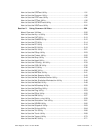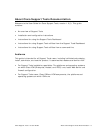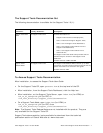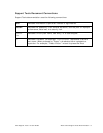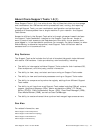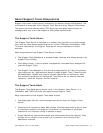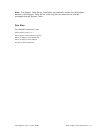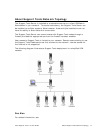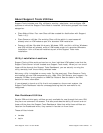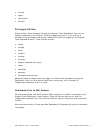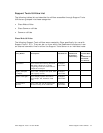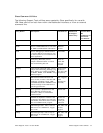
Cisco Support Tools 1.0 User Guide About Support Tools Components 12
About Support Tools Components
Support Tools uses a client/server architecture to support remote ICM systems. The
architecture is comprised of the Support Tools Server and the Support Tools Node.
The server and node connect using TCP/IP and can exchange large volumes of
messages with only a minimal impact to ICM system performance.
The Support Tools Server
The Support Tools Server is installed on a system that has little or no performance
load, such as a standalone network server or a client ICM Admin Workstation (AW).
To ensure redundancy, the Support Tools Server can be installed to multiple
systems.
Major components of the Support Tools Server include:
• The Support Tools Dashboard, a browser-based interface that allows access to all
Support Tools utilities.
• Cisco Web utilities-- a set of system management tools specifically designed for
use with Support Tools.
• The Support Tools Repository, the central storage location for files (for example,
logs, registries, etc.) gathered and saved through Support Tools. These files can
be downloaded, viewed, and used for system comparison or restoration. Note
that multiple installations of the Support Tools Server do not share a common
repository--each will maintain its own instance.
The Support Tools Node
The Support Tools Node serves as the client to the Support Tools Server. It is
installed to each ICM node to be managed through Support Tools.
Major components of the Support Tools Node include:
• The Node Agent Service, used to accept connections from the Support Tools
Server.
• Command-line versions of Cisco Web utilities, allowing these tools to be run from
a node when access to the Support Tools Server is unavailable or otherwise
impractical (for example, during a network outage).
• A local Repository used to store saved and downloaded files when Support Tools
utilities are run directly from a node (via a command line) outside of the
Dashboard interface.



